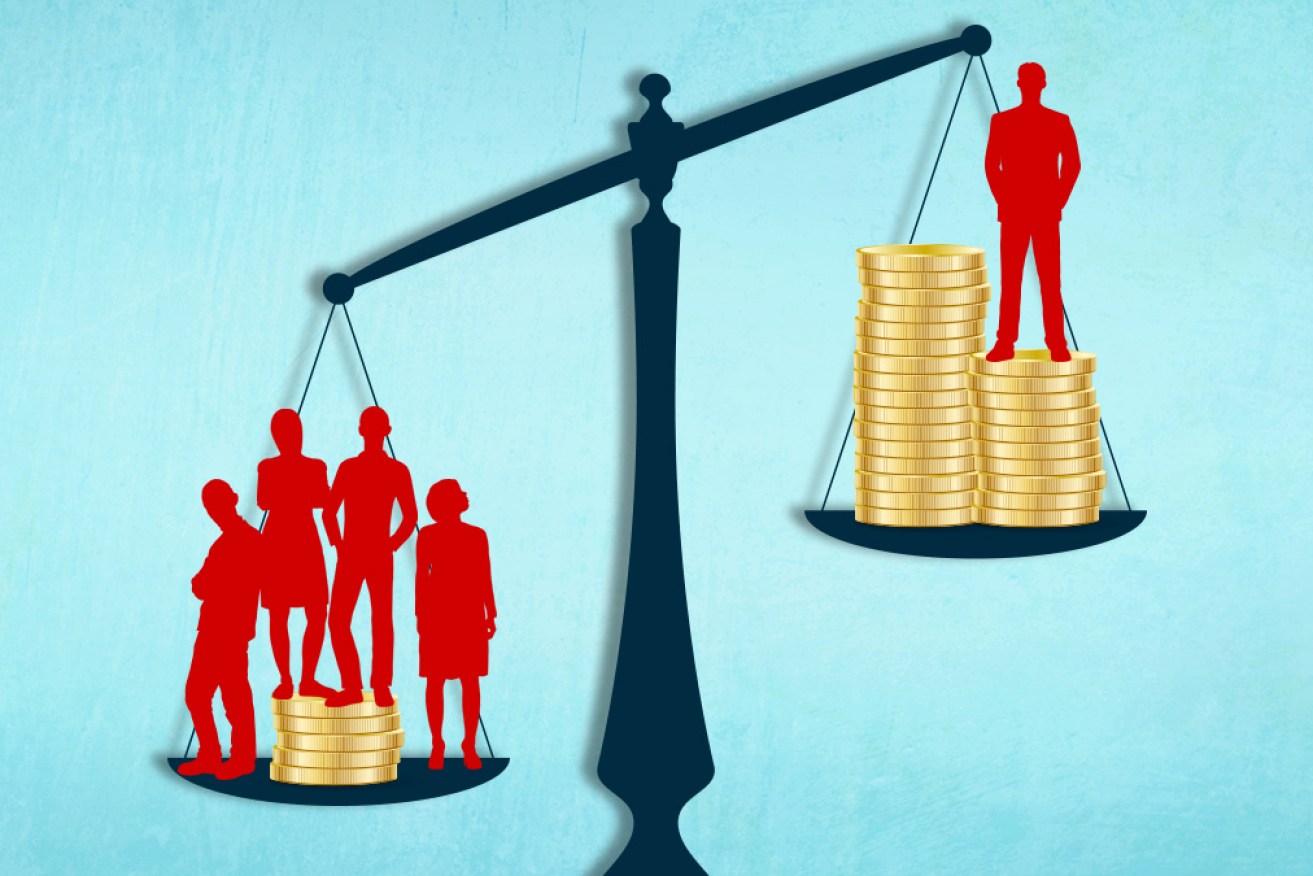RBA rate cuts: Inequality soars from monetary policy crumble


Low interest rates will exacerbate wealth inequality in Australia. Photo: The New Daily
The current path of plunging interest rates and deficient fiscal policy promises a surge of generational inequality – and I don’t mean pensioners complaining about making stuff-all on their bank deposits.
As official interest rates head towards zero – or beyond – they create one group of big winners while everyone else loses.
Not surprisingly, the big winners turn out to be the people who are already winning – those with fat assets – while those without assets are destined to fall further behind.
Fund manager Mike Mangan belled the monetary inequality cat in his latest newsletter. He said the inequality arises from the perverse reaction of investment markets (excluding financials) to weak economic data.
“The weaker the data, the lower interest rates go – negative if necessary,” he wrote. “And interest rates are the most critical input for all asset valuations.”
The perversity is on full display on Wall Street, where weak data promotes expectations of yet-weaker monetary policy – which in turn sends share prices higher.
When money is cheap (or free after taking inflation into account), it rushes to push up asset prices. Shareholders and property owners become wealthier.
With the Reserve Bank effectively promising to take its cash rate down to one per cent next month, and the money market convinced it will go to 0.75 or 0.5 per cent soon enough, Australia is inevitably adding fuel to asset prices.
And as central banks around the world have demonstrated with quantitative easing (QE), zero interest rates (ZIRP) and negative interest rates (NIRP), money in Australia could get even cheaper if economic growth doesn’t pick up.
Mr Mangan says QE and other tools disprove the occasional claim that “central banks are running out of bullets”. They’ve discovered endless supplies of ammo.
“There is of course a cost to these monetary ‘initiatives’,” writes Mangan. “But it’s long term and hard to see, especially if you don’t look too hard.
“The cost is rising inequality because QE, NIRP and ZIRP provide enormous tailwinds for assets owners. Those without assets largely miss out.”
I’d add there’s another punch in this inequality mugging: The poor already feel the pain of a weak economy more than the wealthy.
A weak economy can be inconvenient for the rich, but it means real pain for those struggling on the fringes – for those who can’t get a job or a pay rise, or those who need two jobs to keep their heads above water.
The widening gap between the haves and have-nots is another reason for the Reserve Bank to keep begging the federal government to abandon its reliance on rate cuts and help stimulate the economy.
Good luck with that.








